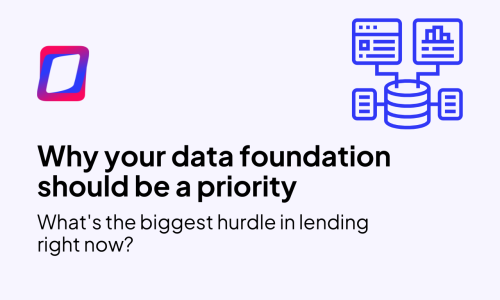 blog
blog
Automation Without Chaos: Why Your Data Foundation Matters First
Lenders are struggling with automation due to messy, outdated data. Experts at FTT Lending 2025 stress the need for a solid data foundation to enable effective automation.
Stay Linked Up with the latest developments in credit risk, decisioning and lending content. Keep on top of trends within the Fintech, Banking and Credit Unions industries.
 blog
blog
Lenders are struggling with automation due to messy, outdated data. Experts at FTT Lending 2025 stress the need for a solid data foundation to enable effective automation.
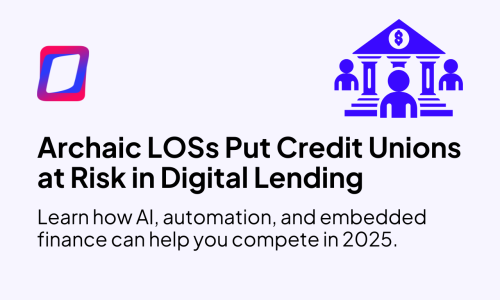 blog
blog
Outdated LOS tech is holding credit unions back. Discover how AI, automation, and embedded finance can help them compete and thrive in 2025.
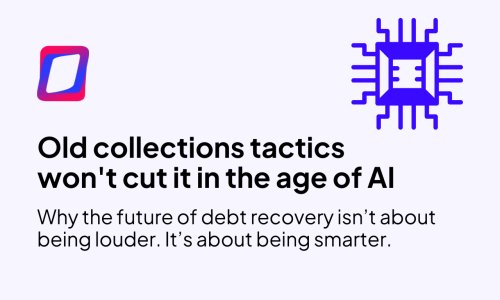 blog
blog
Learn how AI and embedded finance are transforming debt recovery, making data-driven strategies more effective than traditional methods.
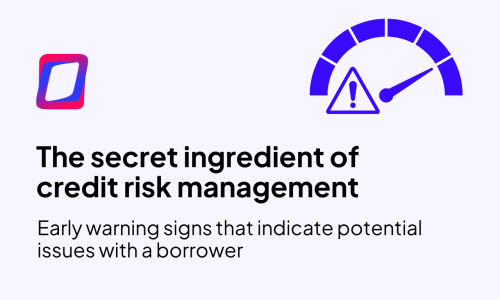 blog
blog
Early warning signs in credit risk management help lenders identify potential issues and reduce defaults.
 blog
blog
Traditional fraud defenses are not enough to combat synthetic fraud. Explore how AI-driven, adaptive strategies can help lenders stay ahead.
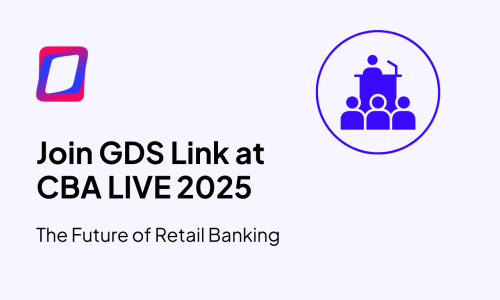 blog
blog
Join GDS Link at CBA LIVE 2025 in Orlando from March 17-19 to explore innovative banking solutions and meet our experts.
 blog
blog
GDS Link launches a refreshed brand identity, emphasizing its commitment to empowering lenders with cutting-edge technology.
 blog
blog
Join GDS Link at Fintech Meetup 2025 to explore credit risk solutions. See how we can enhance your business’s lending operations.
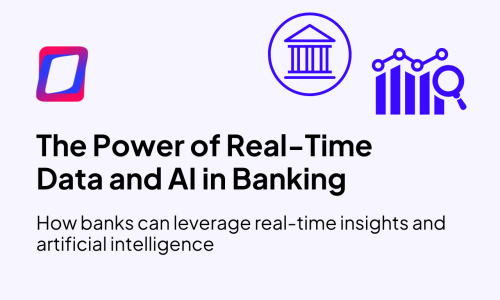 blog
blog
Learn how real-time data and AI transform banking, decisioning and risk management. Discover key steps to modernize your institution.
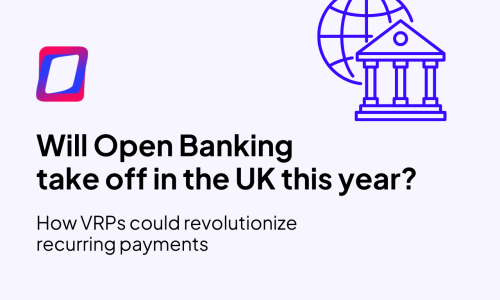 blog
blog
Discover how 2025 could transform Open Banking in the UK with VRPs—learn about the opportunities and challenges ahead.
 blog
blog
Learn what PayTech is and how it is transforming the world of digital payments. Explore key innovations such as QR codes and mobile wallets.
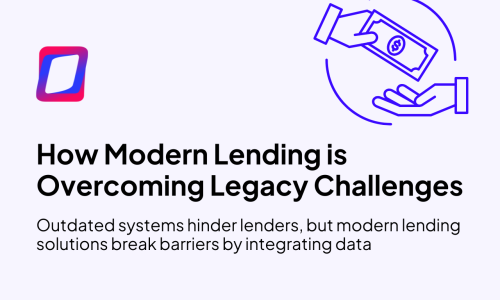 blog
blog
Break barriers in lending with modern solutions that enhance borrower experiences through automation and data integration.